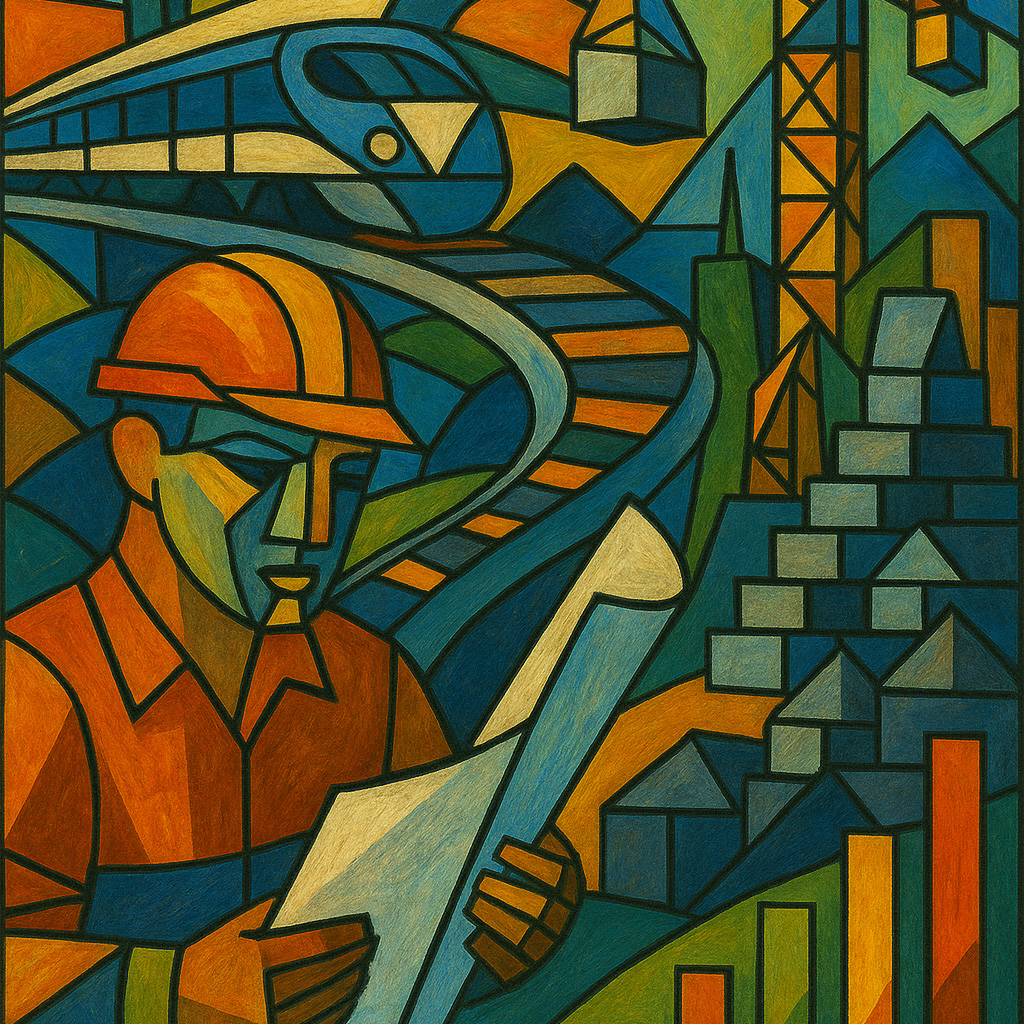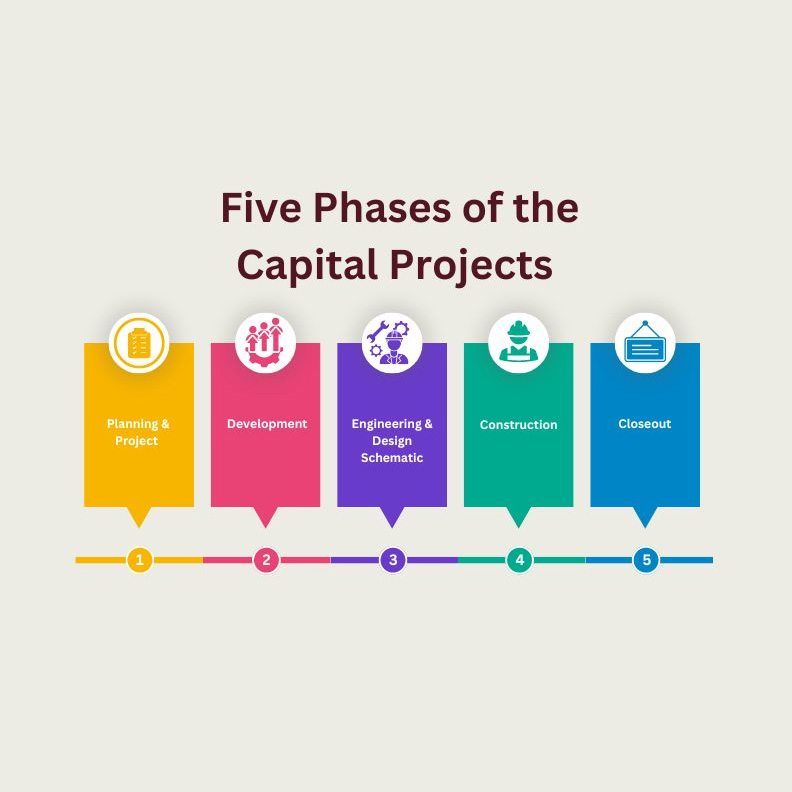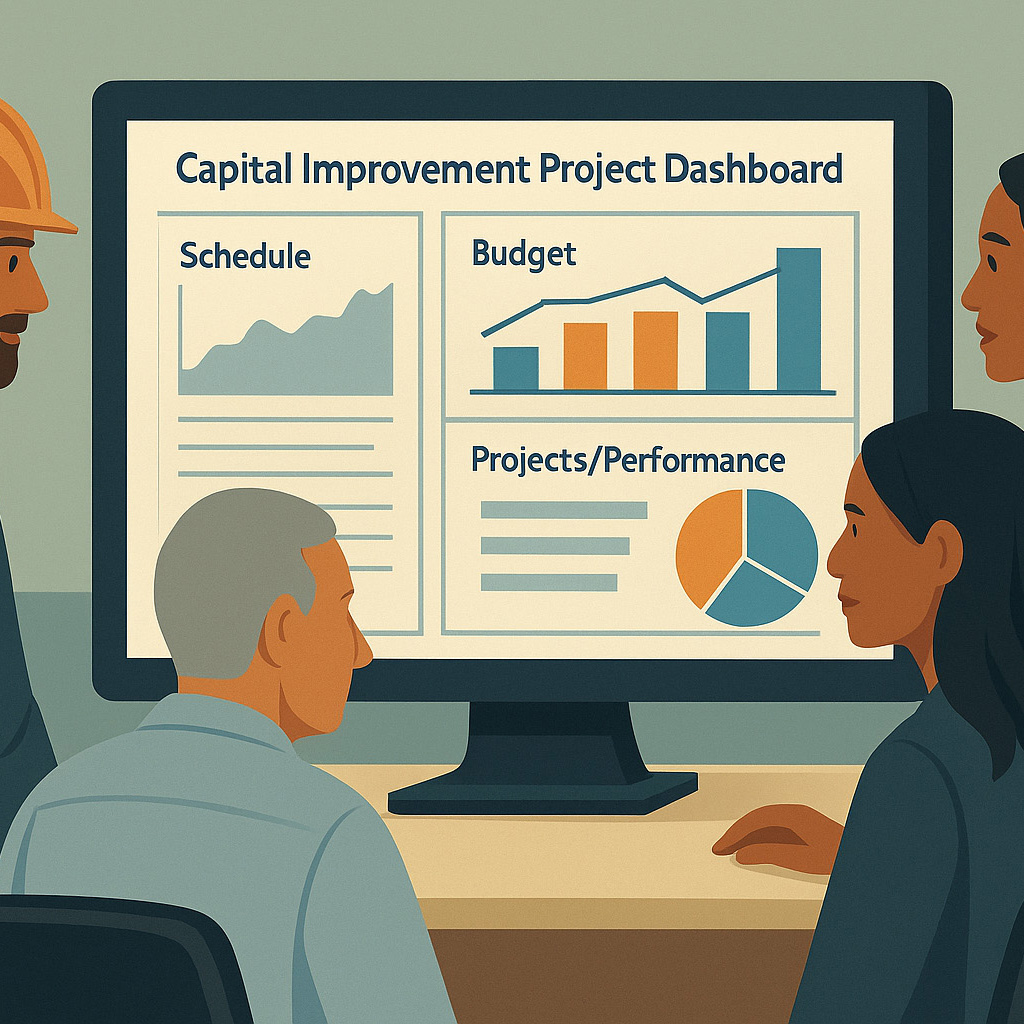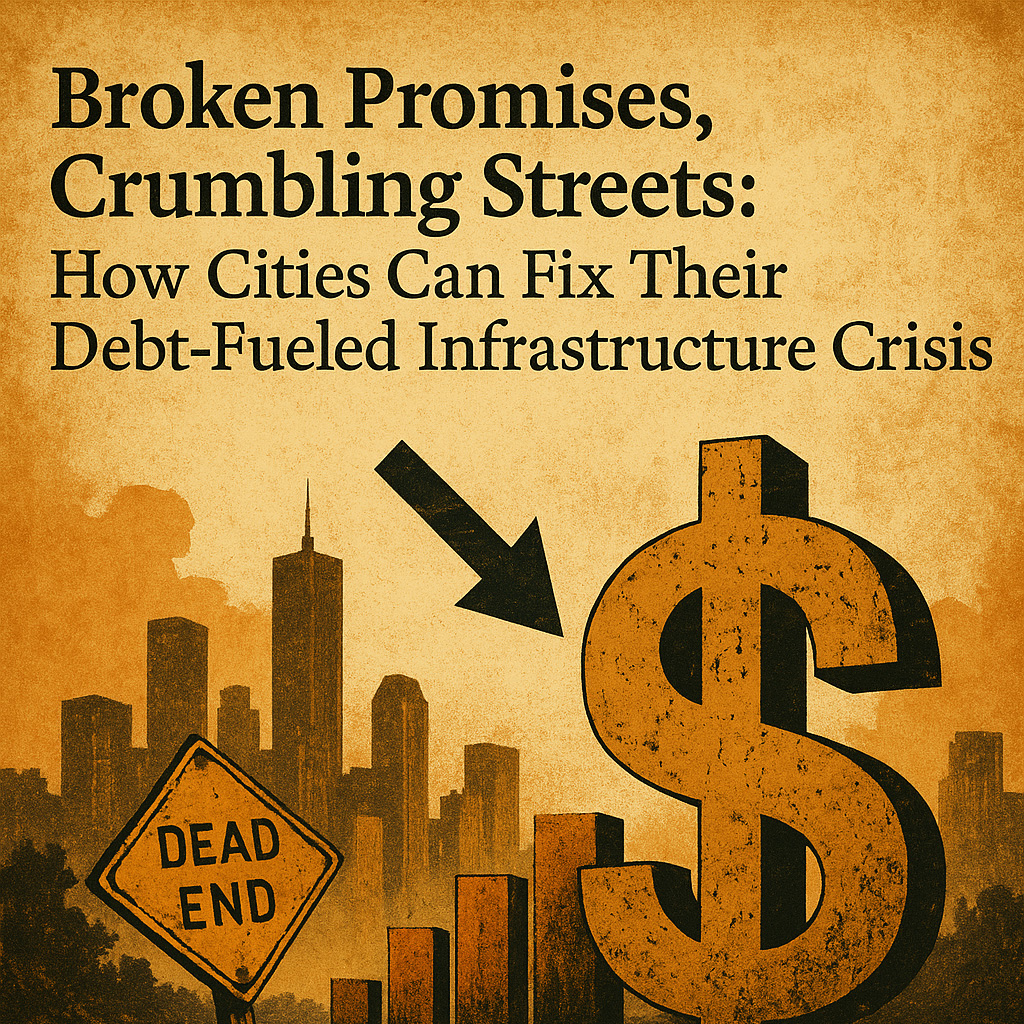“Time is the scarcest resource, and unless it is managed, nothing else can be managed.”
— Peter Drucker
Introduction
Managing cost burn rate—the rate at which project budget is expended over time—is crucial in large transportation infrastructure projects (e.g. highways, bridges, transit lines). Such projects (typically valued over $10 million) often span multiple years, and understanding how costs are distributed throughout the construction phase helps in planning and monitoring. This report investigates general industry averages for cost burn over the construction timeline, focusing on whether spending is linear or tends to be front-/back-loaded, and what factors influence these patterns. Overall, evidence shows that expenditures are usually not spent evenly over time, but instead follow an “S-curve” pattern: slow at the start, peaking mid-project, and tapering off toward the end. We will illustrate this typical cost curve and discuss common variations, as well as factors (delivery method, project duration, schedule constraints) that shape the cost burn profile.
Typical Cost Burn Curve (S-curve Pattern)
In most large construction projects, spending over time follows a characteristic S-curve when plotted cumulatively. This means that during the initial portion of the construction phase, costs accrue slowly (due to mobilization, preliminary work, etc.), then accelerate to a high peak expenditure rate around the mid-point of the project, and finally slow down as the project nears completion . In other words, cost burn is front- and back-loaded in small measure, but heaviest in the middle. One industry guide notes that expenditures typically “ramp up to peak monthly expenditure halfway through the project… before tapering off towards completion” (). By the midpoint of the construction schedule, roughly half of the budget (or slightly less) is usually spent, with the remaining half expended in the latter half of the schedule as work intensity diminishes. This creates an S-shaped cumulative cost curve: starting flat, rising steeply at mid-stage, and flattening again as it approaches 100% complete.
This figure illustrates a typical S-curve cost distribution. The orange line shows cumulative cost vs. time, forming an S-shape that starts shallow, steepens mid-project, then levels off. The gray bars represent periodic spending (e.g. monthly costs), which follow a bell-curve pattern peaking at the project’s midpoint.
Such an S-curve pattern is very common in construction projects. It reflects the reality that major construction activities (and thus expenditures) cannot all happen at once; projects need time to mobilize resources and ramp up. Early in the project, crews are preparing the site, establishing utilities, and coordinating logistics—activities that consume relatively smaller portions of the budget. Midway through construction, multiple crews and subcontractors are working concurrently on major work packages, driving up the spend rate. Toward the end, work fronts begin to close out, and only finishing tasks and punch-list items remain, so the burn rate declines. The cumulative result is an S-shaped cost curve that is initially below a linear spend line, catches up around mid-project, and ultimately converges with the total budget at completion.
Linear vs. Non-Linear Spend Rates
It is rare for cost burn to be linear (i.e. the same spending rate every month) in a large infrastructure job. If costs were linear, 50% of the budget would be spent at the halfway point in time and the spending per month would be constant. In practice, however, “most project costs are not spent linearly (or straight-line)”. Instead of a flat line, the spending rate changes over the project’s life. As described, actual spending per period tends to follow a bell curve (low–high–low), which produces the S-curve when cumulated. This means the cost burn is generally neither front-loaded nor back-loaded overall, but rather mid-loaded around the peak construction activities. Figuratively, if one compares to a straight-line spend, the real project will spend less than linear in early months and more than linear in the later months, balancing out by the end.
A linear expenditure pattern might occur only in unusual cases where work is uniformly distributed (for example, if the same level of effort and cost is applied each month for the entire project—something not typical in infrastructure construction). An example of near-linear burn could be long-term fixed rentals or maintenance-like work that charges a steady amount each period . But for active construction, the necessity of sequencing (e.g. foundation before superstructure) and ramping resources causes non-linear cash flow. The bell-curve distribution is considered “very common” in construction cost forecasting and is the basis for many project planning models.
Front-Loaded and Back-Loaded Spending Variations
While the average project follows the S-curve, real projects can skew front-loaded or back-loaded depending on specific circumstances. A front-loaded cost burn means a disproportionate share of the budget is spent in the early stages of construction. This could manifest as a steeper initial rise in the cumulative cost curve (above the typical S-curve early on), then a leveling off later. Common reasons for front-loading include substantial upfront procurement or early activities that are high-cost. For instance, a project might require purchasing expensive materials or equipment right after groundbreaking (to lock in prices or meet long lead times), resulting in large expenditures at the start . An intentionally accelerated early schedule can also front-load costs – if the project team pushes hard in the first months to get ahead of schedule or meet an early milestone, the cash flow will show a spike of spending early. (It’s worth noting that sometimes contractors also bill in a front-loaded manner to improve cash flow, but here we focus on actual cost burn, i.e. when cash is actually spent.) True front-loaded cost curves are less common as a default, but they do occur when early project phases are especially capital-intensive.
This chart shows an example of a front-loaded cost curve (orange S-curve). The cumulative spending rises very quickly in the early phase and then flattens out later. Such a profile might occur if major costs (e.g. expensive material orders or heavy civil works) are incurred right at project onset , leading to a high initial burn rate that tapers off as the project progresses.
Conversely, a back-loaded cost burn means that relatively little spending happens until the later stages of construction, when expenditures surge. In a back-loaded scenario, the cumulative cost curve stays low and flat for an extended duration and then climbs rapidly near the end of the project. This pattern is often seen when there is an extended early phase (e.g. prolonged design refinement, permitting, or site preparation that doesn’t involve large expenses) or when many high-cost items are scheduled for installation toward the end . For example, if a transit project involves installing expensive signaling systems or finishing a costly bridge span in the final phase, much of the budget might be spent in the last few months. Another case is projects with significant finishing or commissioning costs (such as final paving, specialized equipment, or architectural finishes) which occur at the tail end . Back-loading can also result from delays that push major work into the latter part of the schedule, forcing a concentration of spending near the end.
This chart shows an example of a back-loaded cost curve. Here the cumulative spending stays low through most of the timeline and ramps up sharply toward the end. This could happen if major expenditures (e.g. large equipment installations or finishing works) are deferred until late in the project , resulting in a slow burn rate initially and a rapid increase as completion nears.
In practice, project cash flow monitoring will flag significant deviation from the expected S-curve. If a project is trending ahead of a typical spending curve, it may indicate intentional front-loading or simply faster progress than anticipated (). If it lags behind (spending picking up very late), it could reflect schedule delays or a back-loaded plan. Both extremes carry risks: front-loaded spending can tie up capital early and leave little flexibility, while back-loaded spending might signal a potential rush or compression of work near the end.
Factors Influencing Cost Burn Rate Distribution
Several factors determine whether a given infrastructure project’s cost burn is more linear, front-loaded, or back-loaded:
- Project Delivery Method: The delivery approach (e.g. Design-Bid-Build vs. Design-Build) can shift the spending timeline. In traditional Design-Bid-Build, the project’s construction phase might start slower because all design is completed upfront (often as a separate phase), and early construction work focuses on site setup and enabling works. The bulk of costs come once construction fully ramps up. In a Design-Build or fast-track delivery, some design and engineering activities overlap with construction, and contractors may procure critical materials early. This can lead to a slightly more front-loaded profile than Design-Bid-Build, since the project hits the ground running with parallel tasks. Additionally, certain contract types or financing arrangements (e.g. public-private partnerships) might require early expenditures (for design or financing costs) as part of the construction phase, affecting the burn curve. Overall, delivery methods that overlap phases or encourage early procurement tend to pull some costs forward in time (front-loading) , whereas segmented approaches might push significant costs a bit later (toward mid-project).
- Project Duration: The length of the construction schedule influences how pronounced the S-curve is. Longer projects allow a more gradual ramp-up and ramp-down, often yielding a classic S-curve. For example, a multi-year highway project will spend very little in the first few months, then achieve high monthly burn rates in the middle years, then spend relatively little in the final months. Shorter-duration projects (say just over $10M completed in one construction season) have less time for a slow start; they might mobilize quickly and achieve peak output sooner. In those cases, the spending curve can appear steeper and closer to linear because the project compresses the ramp-up period. However, even in a 12-month project, one would typically see lower spending in the first 2–3 months and last 2–3 months compared to the middle. Large transportation infrastructure jobs often last 1–4 years depending on scale (for instance, a billion-dollar infrastructure project might take 3–4 years, whereas a $10–20M project could be on the order of 12–18 months). The shorter the duration, the more the cost burn might skew toward a quick rise (as work is concentrated), whereas very long projects may have multiple peaks or plateaus but generally still follow the S-curve envelope.
- Schedule Constraints and Milestones: Specific scheduling requirements can distort the cost burn curve. A project with a hard deadline (e.g. completion before a major event or funding expiry) might experience compression of work at the end, causing a back-loaded spending spike as multiple crews work overtime to finish on time. Conversely, a project that must open early portions to traffic (phased opening) could incur heavy costs early on to meet that milestone, introducing a front-loaded segment. Phasing is key: if a project is divided into phases, each phase could have its own mini S-curve of spending that, when combined, creates a somewhat uneven overall curve (multiple smaller peaks rather than one). Seasonal constraints also play a role in transportation projects – for instance, in cold regions, outdoor work might slow or stop in winter, shifting more spending into the spring/summer months. This can create a sawtooth pattern superimposed on the S-curve (with seasonal lulls and spurts), but the general trend still holds. Additionally, if long-lead equipment or materials are scheduled to arrive toward the end of the project (perhaps to avoid on-site storage issues), there will be a bulge in costs during the later stage when those items are paid for – a back-loading factor . On the other hand, early incentive programs or early completion bonuses might encourage a contractor to invest heavily upfront (front-load) to get ahead of schedule. Thus, unique schedule demands can cause deviations from the average cost burn profile.
- Scope and Work Distribution: Although we are not breaking costs down by individual trades, the nature of the work can influence spending timing. A project that is earthwork-intensive will spend a lot during the initial months on excavation and grading (potentially a bit front-loaded compared to average), whereas one that involves complex systems integration might incur many costs at the end when systems are installed and tested (back-loaded). That said, most large transportation projects involve a mix of early civil work and later finishing work, averaging out to the typical S-curve. The scope also dictates when high-cost components hit: e.g. bridge steel girders might be procured and erected mid-project (driving the peak), highway paving might occur in the latter half, etc. If a project has any disproportionately expensive element scheduled at a particular time, it will tilt the cash flow accordingly. Project managers adjust the forecast curves (applying front-loaded, back-loaded, or linear distributions) for different budget items to account for these nuances, ensuring the overall projection matches the expected construction sequence.
Conclusion
In summary, the cost burn rate in large transportation infrastructure construction is typically non-linear, following an S-curve pattern of cumulative spending. Industry data and project experience show that costs start off low, build to a peak in the middle of the project timeline, and then slow down as completion approaches.
This contrasts with a linear spend assumption and means that neither the beginning nor the end of a project usually dominates the budget – instead, the middle does.
Nonetheless, variations exist: some projects may exhibit front-loaded spending (due to upfront purchases or accelerated early work) or back-loaded spending (due to extended early phases or costly end-stage work), but these are deviations around the common S-curve trend . Understanding the typical cost burn curve and its drivers is vital for project controls. It allows stakeholders to forecast cash flow needs, monitor progress against expectations, and identify potential issues (for instance, if a project is burning money too quickly early on, or conversely if it hasn’t ramped up spending when it should). Factors like the delivery method, project duration, scheduling constraints, and the project’s scope distribution all shape the exact spending curve, but the general principle holds: large construction projects spend money in waves rather than a straight line. By planning for an S-curve expenditure profile, project managers and owners can ensure adequate funding at peak activity periods and maintain better control over the project’s financial performance.
Sources: The analysis above is supported by industry literature on construction cash flow and project management. Key references include discussions of S-curve modeling and cash flow forecasting in construction, which highlight that project spending is typically distributed in a bell-curve fashion rather than evenly. Guidance documents and expert commentary on infrastructure project finances reinforce that cost burn tends to peak mid-project. These sources, alongside project controls best practices , provide a basis for understanding average cost burn behavior in large transportation construction projects.
Front Line Advisory Group (FLAG) is a Program Management Consulting (PMC) firm focused on delivering bond-funded infrastructure projects on time and on budget through disciplined management and data-driven controls. Our mission extends beyond consultation – we empower our clients to realize the full potential of their investments, ensuring tax dollars are put to maximum use through astute Program Management Consulting. For more information or to commence your journey towards transformative bond management, reach out to us at Info FLAG
Adventures in CRE. (2021, September). S-curve forecasting in real estate development (updated). Retrieved from https://www.adventuresincre.com/s-curve-forecasting/
Construction Analytics. (n.d.). Behind the headlines – Construction starts is not spending. Retrieved from
Procore. (n.d.). Construction cash flow projection: A deep dive into financial forecasting. Retrieved from https://www.procore.com/jobsite/construction-cash-flow-projection
Procore. (n.d.). Guide to S-curve modeling in construction. Retrieved from https://www.procore.com/jobsite/s-curve-modeling-in-construction













